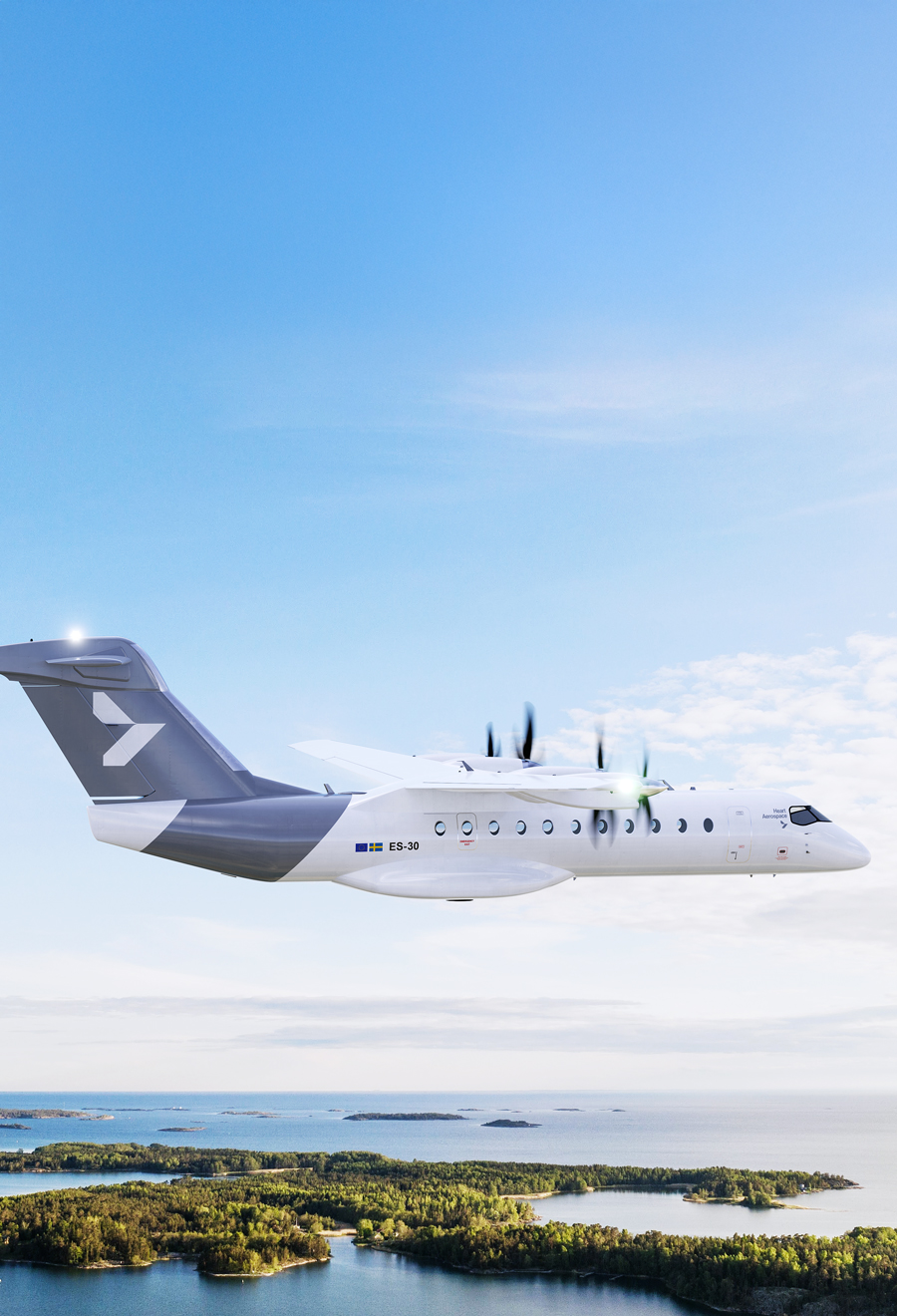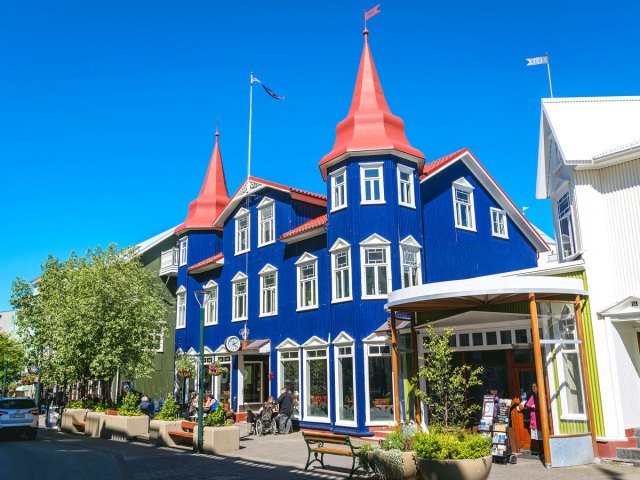More than 100 years after the Wright brothers first took to the sky, travelers have gotten so used to flying halfway across the world in no time at all that it’s beginning to seem like old hat. That puts the onus on plane manufacturers and airlines to continue innovating in surprising ways, some of which may be realized sooner rather than later. Here are five exciting trends on the horizon for air travel.
The Return of Supersonic Flight
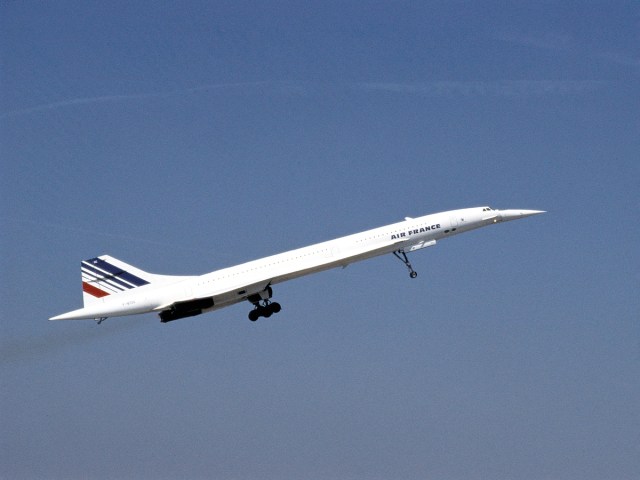
It may seem odd to make a prediction about something that already happened more than half a century ago, but ever since the Concorde retired in 2003, passengers have longed for the return of supersonic flight. With a cruising speed of Mach 2.04 — equal to 1,354 miles per hour, just over twice the speed of sound — the groundbreaking aircraft made the transatlantic trip from New York to Paris in just three hours. But the Concorde — which was introduced in 1976 and only ever flew for Air France and British Airways — couldn’t do so in a financially sustainable way, and so operations ceased more than 20 years ago.
Among the many who think supersonic passenger travel could get its second wind are the folks at NASA, whose X-59 jet has not only a cool name but also plenty of potential. United also made headlines in 2021 when it ordered 15 of Boom’s Overture airliners, another supersonic jet currently in development. American Airlines has placed an order, too, but the plane has yet to fly — Boom is predicting it will do so by the end of the decade, if all goes according to plan.
New Routes, Longer Flights
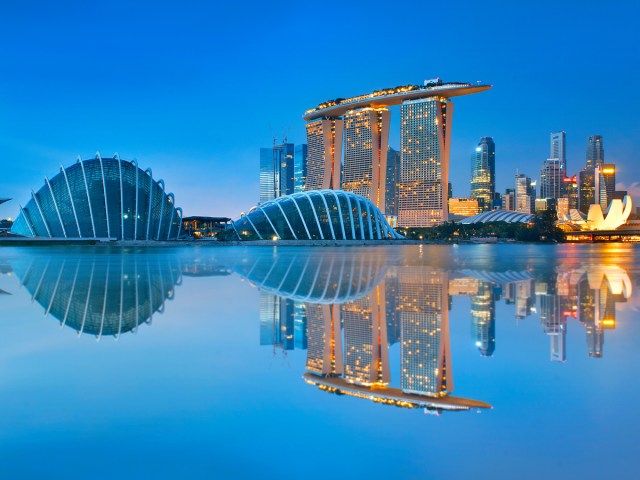
The longest flight in the world as of 2025 will take you from New York City to Singapore in 18 hours and 50 minutes. Singapore Airlines operates the route, which is 9,585 miles long and only features business class and premium economy seats. With new routes constantly being introduced — 2025 will see the first nonstop flights from the U.S. to Greenland and Marrakech, Morocco — we’re bound to see that record tested.
And we might not have to wait long: In 2026, Australian carrier Qantas plans to introduce its “Project Sunrise” service, which aims to connect Sydney with both London and New York. Flight times on each will exceed 20 hours on specially configured Airbus A350-1000 planes.
Passenger Drones
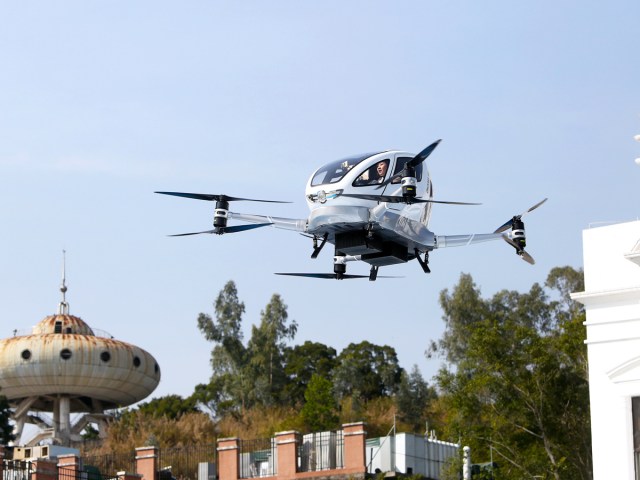
If you have $40,000 and an adventurous personality, you can already buy a single-passenger drone. (Whether you should, however, is a different story.) It probably won’t be long before more reliable options are on the market, most likely from Chinese company EHang. The manufacturer successfully tested its autonomous, electric passenger drone in early 2024 and appears to be going full steam ahead on the project.
The aircraft, which fits one or two people depending on the model, has a range and top speed of just 22 miles and 81 miles per hour, respectively, as of the most recent update. However, optimists can take comfort in the fact that these helicopter-like aircraft are essentially flying cars (at last!).
Electric Commuter Planes
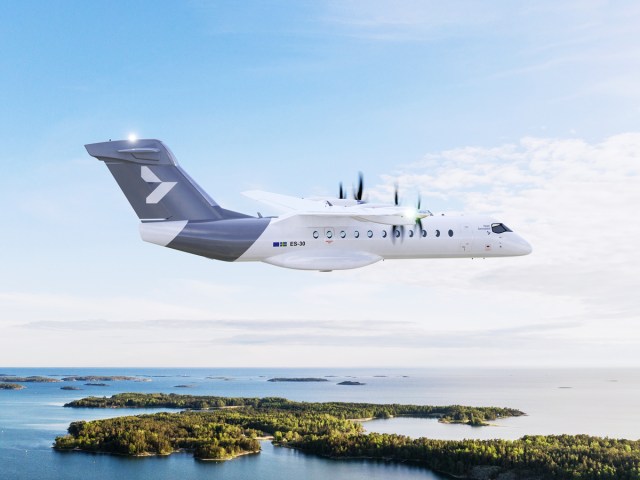
As electric cars become increasingly common, a question has naturally arisen in the aviation world: Why not electric planes as well? United Airlines hopes to have them by the end of the decade as part of its plan to become carbon neutral by 2050.
The first order has already been placed with Swedish company Heart Aerospace, which has been hard at work on the newfangled planes since 2021. They’re starting small with the ES-30, a 30-passenger vessel with an electric range of 124 miles and a reserve-hybrid engine that runs on sustainable fuel and doubles the range to 248 miles. Icelandair, Air Canada, and Mesa Air Group have also placed orders with Heart Aerospace for the new electric planes, which promise to be a greener option for short-haul travel.
Morphing Wings
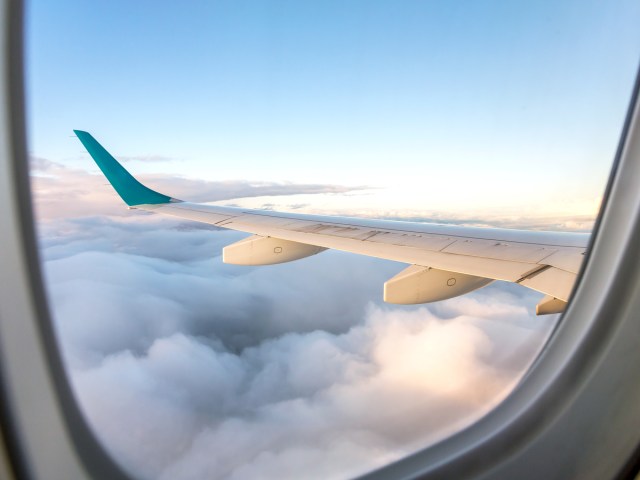
Unlike birds, planes can’t flap their wings. They’re fixed in place and can’t move, but some engineers don’t see why that should be the case. The idea of emulating birds with shapeshifting wings has long been proposed, but it’s easier said than done — which isn’t to say that we shouldn’t try.
MIT and NASA researchers have worked on a design that could be both more efficient than traditional wings but also better able to adapt to changing conditions. Don’t expect your puddle jumper to feature morphing wings anytime soon, as the development process has been exceptionally long and tricky, but never say never, either.
More from our network
Daily Passport is part of Optimism, which publishes content that uplifts, informs, and inspires.






